Why Your Solar Spot Lights Might Not Be Working
Solar spot lights have become increasingly popular for illuminating outdoor spaces, offering an eco-friendly and cost-effective lighting solution. These versatile fixtures harness the power of the sun to provide targeted illumination for gardens, pathways, and architectural features. However, like any technology, solar spot lights can sometimes encounter issues that prevent them from functioning optimally. In this comprehensive guide, we’ll discuss the common reasons why your solar spot lights might not be working and provide practical solutions to get them shining bright once again.
Common Causes of Solar Spot Light Malfunctions
Understanding the potential culprits behind your solar spot lights’ poor performance is the first step in troubleshooting the issue. Several factors can contribute to subpar illumination or complete failure of these outdoor lighting fixtures:
Insufficient Sunlight Exposure: One of the most prevalent reasons for underperforming solar spot lights is inadequate exposure to sunlight. These lights rely on photovoltaic panels to convert solar energy into electricity, which is then stored in rechargeable batteries. If the solar panels are obstructed by shadows, debris, or positioned in areas with limited direct sunlight, they may not receive enough energy to fully charge the batteries.
Battery Issues: The rechargeable batteries in solar spot lights have a finite lifespan and may eventually lose their ability to hold a charge effectively. Over time, this can result in diminished light output or shorter operating hours. Additionally, extreme temperatures can affect battery performance, with both very hot and very cold conditions potentially impacting the charging and discharging processes.
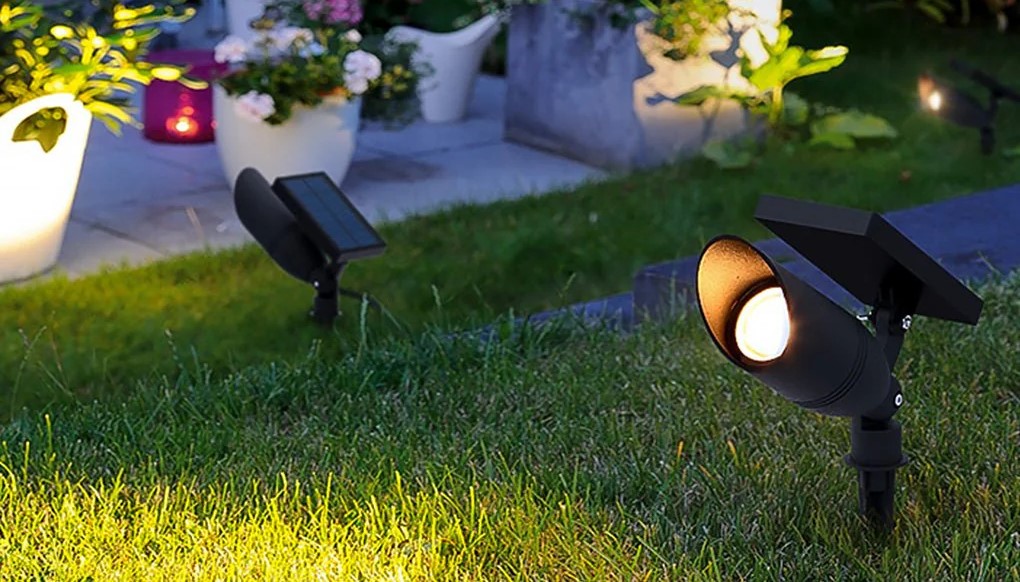
Dirt and Debris Accumulation: Outdoor environments expose solar spot lights to various elements that can accumulate on the solar panels and light fixtures. Dust, pollen, leaves, and other debris can create a layer that obstructs sunlight absorption and reduces the overall efficiency of the solar charging system. Regular cleaning is essential to maintain optimal performance.
Moisture Ingress: While most solar spot lights are designed to withstand outdoor conditions, prolonged exposure to moisture can sometimes lead to water ingress. This can damage internal components, corrode connections, or create short circuits that prevent the lights from functioning properly.
Faulty Components: Like any electronic device, solar spot lights consist of various components that can potentially fail. Issues with LED bulbs, switches, sensors, or wiring can all contribute to malfunctions. In some cases, manufacturing defects or wear and tear over time may necessitate component replacement or professional repair.
Incorrect Installation: Proper installation is crucial for the optimal performance of solar spot lights. Incorrect positioning, loose connections, or improper assembly can lead to reduced efficiency or complete failure. Ensuring that the lights are installed according to the manufacturer’s instructions is essential for long-term reliability.
Troubleshooting and Solutions for Solar Spot Light Problems
Now that we’ve identified some of the common issues that can affect solar spot lights, let’s delve into practical troubleshooting steps and solutions to address these problems:
Optimize Sunlight Exposure: Evaluate the placement of your solar spot lights to ensure they receive maximum sunlight exposure throughout the day. Consider relocating them to areas with unobstructed access to direct sunlight for at least 6-8 hours daily. Trim overhanging branches or remove objects that may cast shadows on the solar panels.
Clean Solar Panels and Fixtures: Regularly clean the solar panels and light fixtures to remove accumulated dirt and debris. Use a soft, damp cloth or sponge to gently wipe the surfaces, avoiding abrasive materials that could scratch the panels. For stubborn grime, a mild soap solution can be used, followed by a thorough rinse with clean water.
Check and Replace Batteries: If your solar spot lights are underperforming, consider replacing the rechargeable batteries. Most models use NiMH or Li-ion batteries, which can be easily swapped out. Consult your product manual for specific instructions on battery replacement and ensure you use the correct type and capacity of batteries recommended by the manufacturer.
Inspect for Water Damage: Examine your solar spot lights for signs of moisture ingress, such as condensation inside the fixtures or corrosion on electrical contacts. If water damage is suspected, allow the lights to dry completely in a warm, dry environment before reassembling and testing. Consider applying a waterproof sealant to vulnerable areas to prevent future moisture issues.
Reset and Recalibrate: Some solar spot lights feature a reset button or require a specific procedure to recalibrate their sensors or charging systems. Consult your product manual for instructions on how to perform a reset, which can often resolve minor software glitches or sensor malfunctions.
Maximizing the Lifespan and Efficiency of Your Solar Spot Lights
To ensure your solar spot lights continue to illuminate your outdoor spaces effectively for years to come, consider implementing these best practices for maintenance and optimization:
Establish a Regular Cleaning Schedule: Set reminders to clean your solar spot lights at least once a month, or more frequently in dusty or pollen-heavy environments. This simple maintenance task can significantly improve the efficiency of solar energy collection and extend the lifespan of your lights.
Rotate Positions Seasonally: As the sun’s path changes throughout the year, consider adjusting the position of your solar spot lights to maximize sunlight exposure. This is particularly important in regions with distinct seasonal variations in daylight hours and sun angles.
Implement Weather Protection: While most solar spot lights are designed for outdoor use, additional weather protection can help prolong their lifespan. During severe weather events, consider temporarily removing or covering the lights to shield them from potential damage.
Monitor Battery Health: Keep track of your solar spot lights’ performance over time and note any changes in illumination duration or brightness. This can help you anticipate when battery replacements may be necessary, allowing you to maintain consistent lighting quality.
Upgrade to High-Quality Models: If you find yourself frequently dealing with issues or poor performance from budget solar spot lights, consider investing in higher-quality models. Premium solar lighting solutions often feature more efficient solar panels, longer-lasting batteries, and more durable construction, ultimately providing better long-term value.
Conclusion
Solar spot lights offer an energy-efficient and versatile solution for outdoor illumination, but like any technology, they may occasionally encounter issues. By understanding the common causes of malfunctions and implementing proper troubleshooting techniques, you can often restore your solar spot lights to their optimal performance. Regular maintenance, strategic placement, and attention to environmental factors all play crucial roles in ensuring the longevity and efficiency of these eco-friendly lighting fixtures.
If you’re experiencing persistent issues with your solar spot lights or are interested in exploring advanced solar lighting options, don’t hesitate to reach out to our team of experts. Contact us at info@forigat.com for personalized assistance and to discover how BITPOTT’s solar lighting solutions can enhance your outdoor spaces with reliable, efficient, and aesthetically pleasing illumination.
References
- U.S. Department of Energy. (2021). “Solar Lighting.” Office of Energy Efficiency & Renewable Energy. https://www.energy.gov/eere/solar/solar-lighting
- National Renewable Energy Laboratory. (2022). “Solar Photovoltaic Technology Basics.” https://www.nrel.gov/research/re-photovoltaics.html
- American Lighting Association. (2023). “Outdoor Lighting Guide.” https://www.americanlightingassoc.com/outdoor-lighting
- International Dark-Sky Association. (2022). “Outdoor Lighting Basics.” https://www.darksky.org/our-work/lighting/lighting-for-citizens/lighting-basics/
- Battery University. (2023). “BU-808: How to Prolong Lithium-based Batteries.” https://batteryuniversity.com/article/bu-808-how-to-prolong-lithium-based-batteries

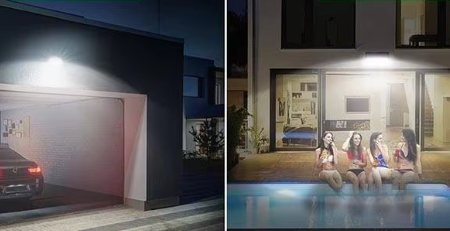
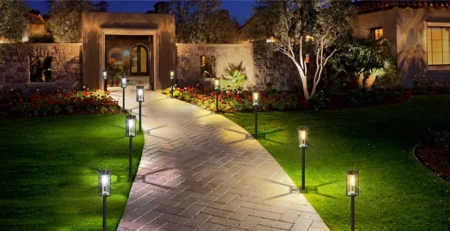
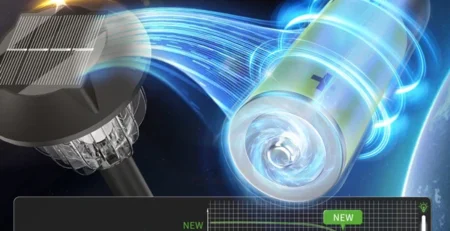
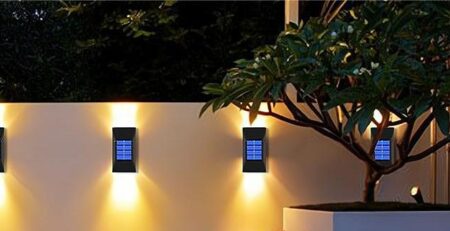
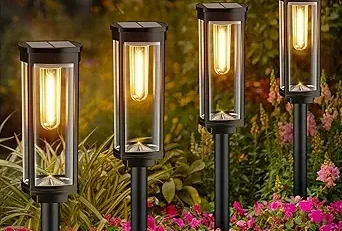
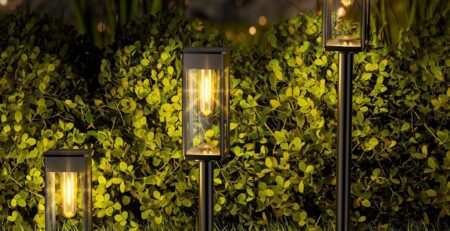

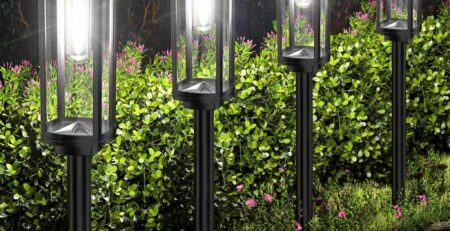

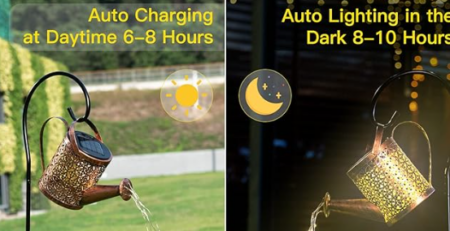
Leave a Reply